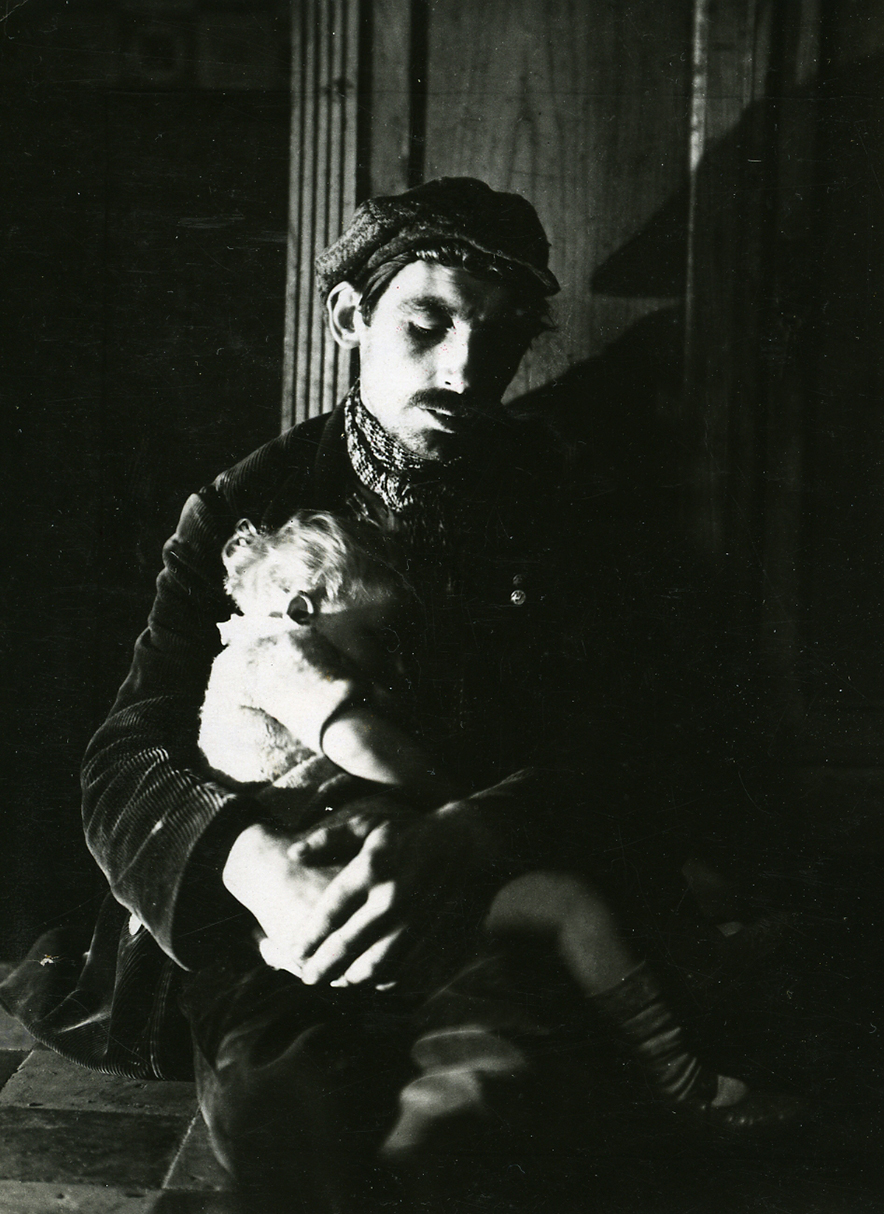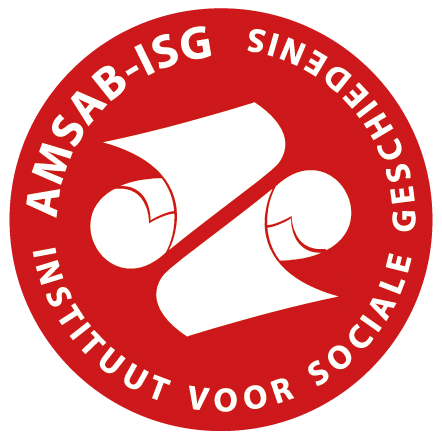De film Misère au Borinage van Joris Ivens en Henri Storck wordt tussen september en oktober 1933 opgenomen in de Borinage, een streek bij Bergen, in België. De film wordt gemaakt in de context van een land dat in een ernstige economische crisis verkeert als gevolg van de Amerikaanse beurscrash van 1929. In 1932 breekt in België een algemene arbeidersstaking uit. De economische situatie van veel Belgen is catastrofaal. Vooral mijnwerkers worden hard getroffen door deze crisis. De Brusselse arts Paul Hennebert, lid van Secours Ouvrier International, trekt elke week naar de Waalse mijnen om eerste hulp te bieden. De erbarmelijke omstandigheden waarin de gezinnen leven, zijn voor hem een aanleiding om een brochure te schrijven waarin hij de situatie aan de kaak stelt. De brochure met de titel Comment on crève de faim au Levant de Mons wordt de inspiratie voor de film Misère au Borinage.
In juli 1933 leest André Thirifays, oprichter en secretaris van de Brusselse filmclub Club de l'Écran, de brochure van Paul Hennebert. Hij stelt Henri Storck, een jonge Belgische regisseur en lid van de club, voor om een documentaire te maken over de situatie van de Waalse mijnwerkers. Storck aanvaardt het voorstel, maar wil samenwerken met een meer ervaren collega om de film te regisseren. Hij vraagt Joris Ivens, een Nederlandse regisseur met een grote passie voor sociale documentaires, om met hem samen te werken.
Storck en Ivens maken samen Misère au Borinage. Als locatie voor de film wordt gekozen voor de wijk Monobloc in de Borinage. Om de film te promoten en te documenteren, bieden fotografen zich aan om vrijwillig de filmploeg van Misère au Borinage te versterken. Het zijn Cami en Sasha Stone en Willy Kessels.
Door hun positie in het Belgische artistieke netwerk stonden de Stones waarschijnlijk al in contact met Henri Storck. Hun foto's van de opnames tonen de 'figuranten' uit de film. Er zijn veel foto's van de omgeving: straten, fabrieken, huizen of details van de omgeving waarin de Monobloc-gezinnen leven. Sommige van hun foto's zijn 'geposeerde' portretten, maar de meeste zijn meer een reportage. Hun foto's tonen meer de levensomstandigheden van de mijnwerkers dan het werk van de filmploeg. Deze sociale bekommernissen vinden ook weerklank bij de Belgische Werkliedenpartij, waarvoor de Stones een affiche maken rond het thema huisvesting.
Hun foto's, en die van Willy Kessels, genomen op de set van Misère au Borinage, worden gepubliceerd in de pers van die tijd.
De film wordt maar matig onthaald door de pers en het grote publiek. Hij veroorzaakt ook opschudding: Belgische en Nederlandse censuur verbiedt de vertoning aan het publiek. Hij wordt enkel nog privé en in filmclubs gespeeld. Veel journalisten vinden de film te onpartijdig om waar te kunnen zijn. Ze beschuldigen de makers ervan een communistisch manifest te hebben gemaakt. Voor anderen is het echter een "ontroerend mooi voorbeeld van klassenstrijd, een levende getuigenis van proletarisch bewustzijn van grote reikwijdte en authenticiteit". Bij de artikelen staan de foto's die op de set zijn genomen. Ze ondersteunen de tekst op een positieve of negatieve manier.
Fotogalerij





